Get ready to dive into a heavy chapter of history – Dachau Concentration Camp, a place that stands as a somber reminder of the darkest days of humanity. As we explore this significant site, we must approach with utmost respect and sensitivity, for it carries the weight of countless stories and the legacy of those who suffered here.
Dachau Concentration Camp, located near Munich, Germany, is a chilling historical site that offers a stark look into the horrors of the Holocaust.
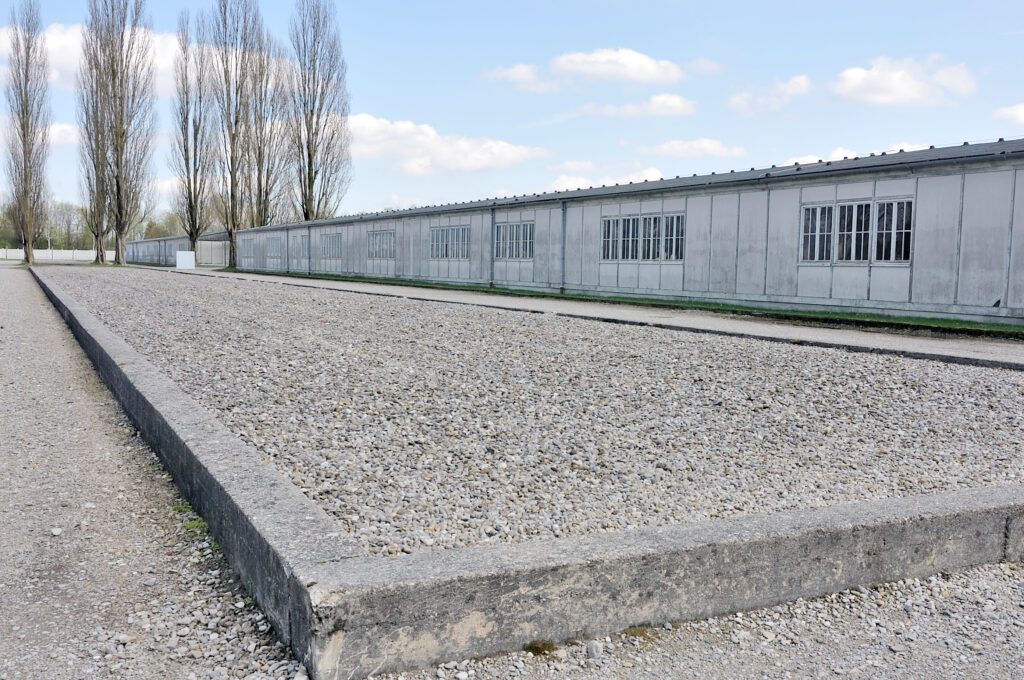
Established just weeks after Adolf Hitler seized power in 1933, Dachau was initially created to imprison political opponents, including communists, socialists, and other perceived enemies of the Nazi regime. Over time, its scope expanded to include Jews, homosexuals, Roma people, and other minority groups.
It was one of the first concentration camps under the Nazi regime. The camp served as a prototype for the larger network of concentration and extermination camps that would follow. It became a hub of experimentation, where the Nazis tested methods of control, brutality, and extermination that would later be employed on a massive scale.
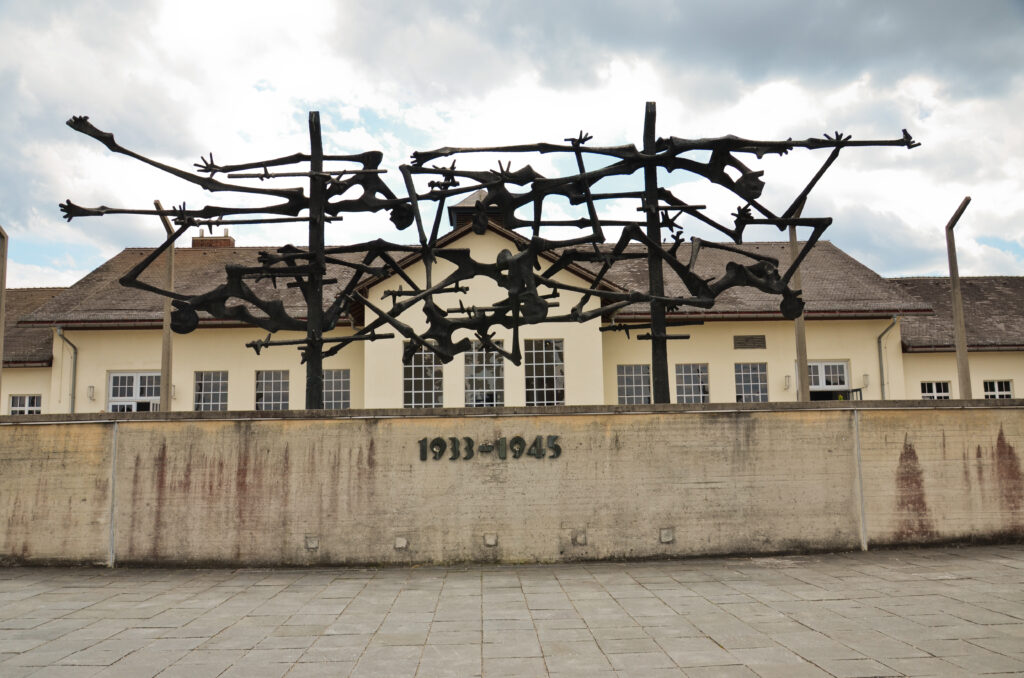
Today, this haunting place stands as a memorial and museum, aiming to educate visitors about the atrocities committed during this dark period of history. While it’s not a typical tourist destination, visiting Dachau can be a sobering and educational experience.
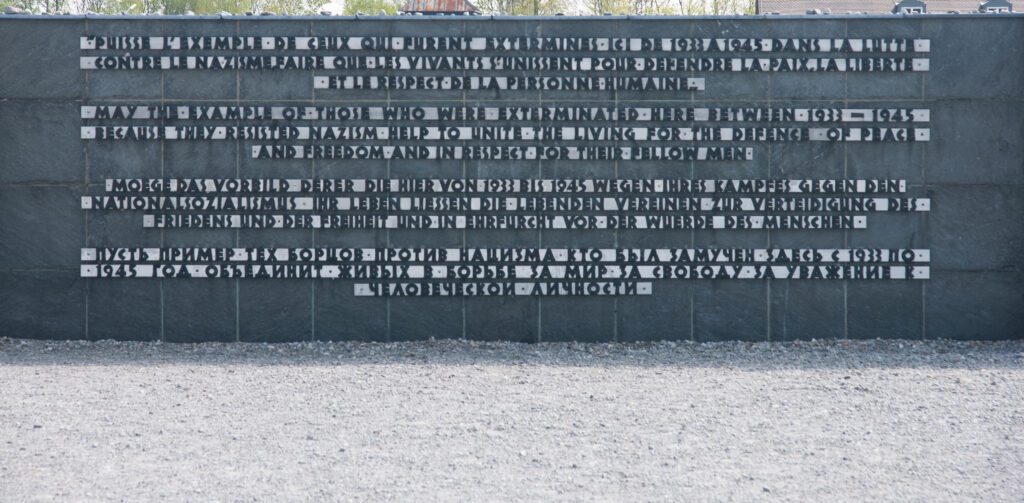
The camp’s purpose was to imprison, torture, and exploit political dissidents, religious minorities, and anyone considered an enemy of the state. The living conditions were deplorable, with overcrowded barracks, lack of sanitation, and meager rations that led to suffering and death.
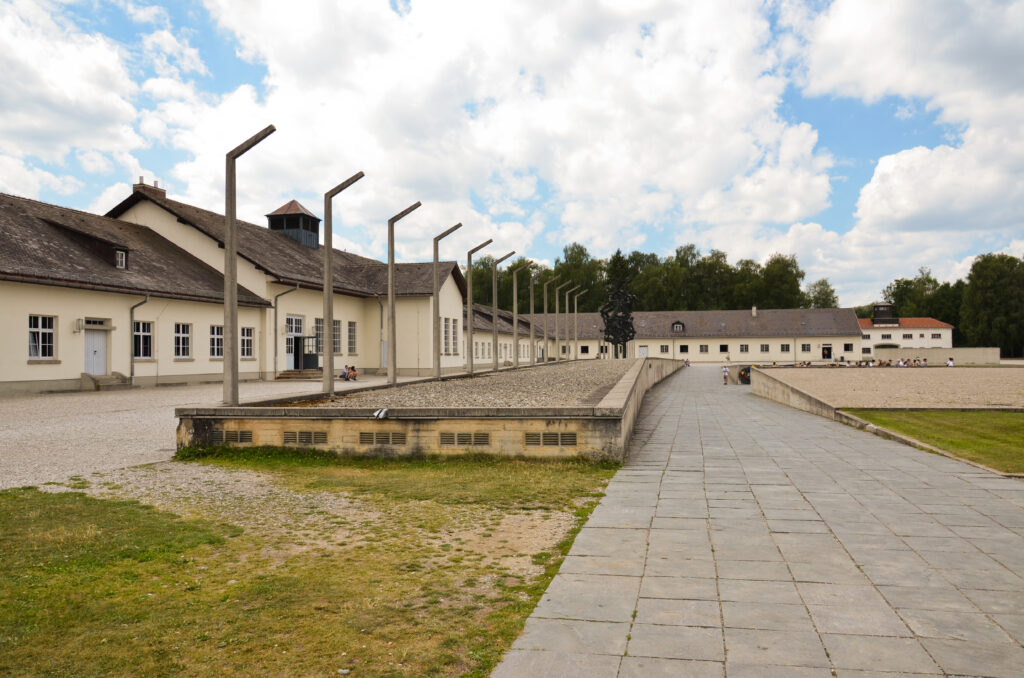
The camp’s infrastructure has been preserved and reconstructed to provide visitors a glimpse into the grim reality faced by inmates. The infamous “Arbeit macht frei” sign greets you as you enter – a cruel reminder of the false promise that work would set prisoners free. The roll call area stands as a haunting space where prisoners were counted multiple times a day, enduring harsh weather and harsher treatment.
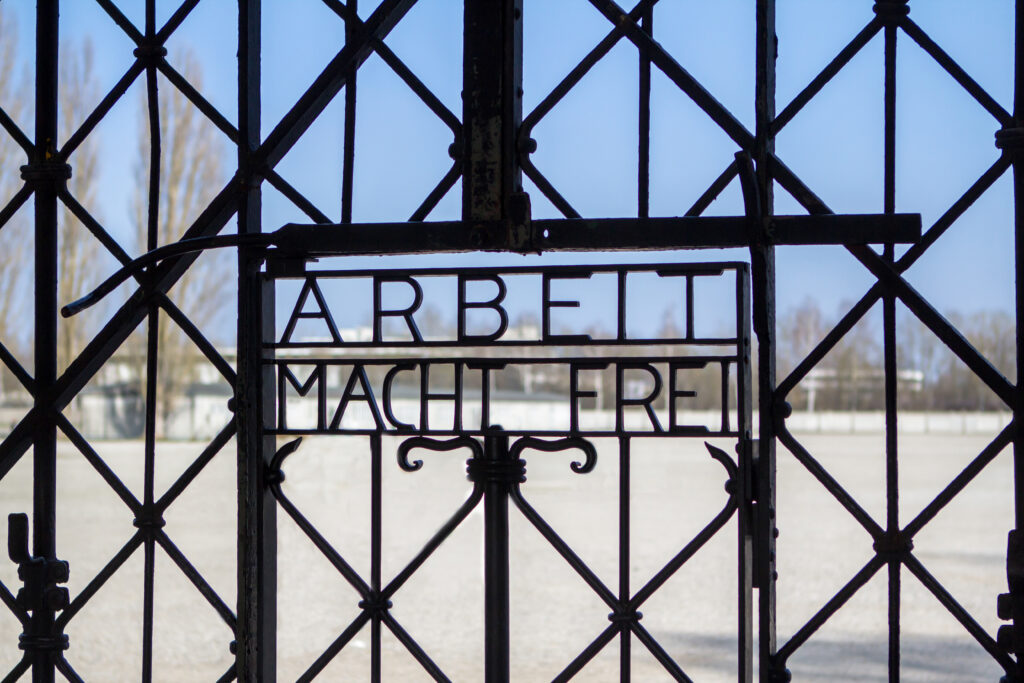
Dachau’s layout was divided into different sections, each serving specific purposes within the camp’s gruesome operations.
- Administration Area: This was where the SS guards and officers were stationed. It included the main gate with the infamous “Arbeit macht frei” sign, which translates to “Work sets you free.” This twisted slogan aimed to deceive prisoners into believing that their cooperation would lead to their eventual release.
- Living Quarters: The barracks, often overcrowded and inhumane, housed the prisoners. The conditions were beyond dire, with many inmates suffering from malnutrition, disease, and harsh weather conditions.
- Prisoner Camp: This area included the roll call square, where prisoners endured hours of standing regardless of weather conditions. It was a place of brutality and punishment, where the SS guards exerted control and demonstrated their power.
- Security Systems: Guard towers, barbed wire fences, and watchtowers were strategically placed throughout the camp to prevent escape attempts and maintain constant surveillance over the inmates.
- Medical Experiments: Dachau was also notorious for its medical experiments on prisoners. These unethical tests ranged from testing new medications to studying the effects of exposure to extreme temperatures.
- Crematoria: The camp had several crematoria where the bodies of deceased inmates were disposed of. The scale of death and destruction was staggering.
- Liberation and Memorial: Dachau was liberated by American forces in April 1945. Today, the site serves as a memorial and museum to honor the memory of the victims and educate visitors about the atrocities committed during the Holocaust.
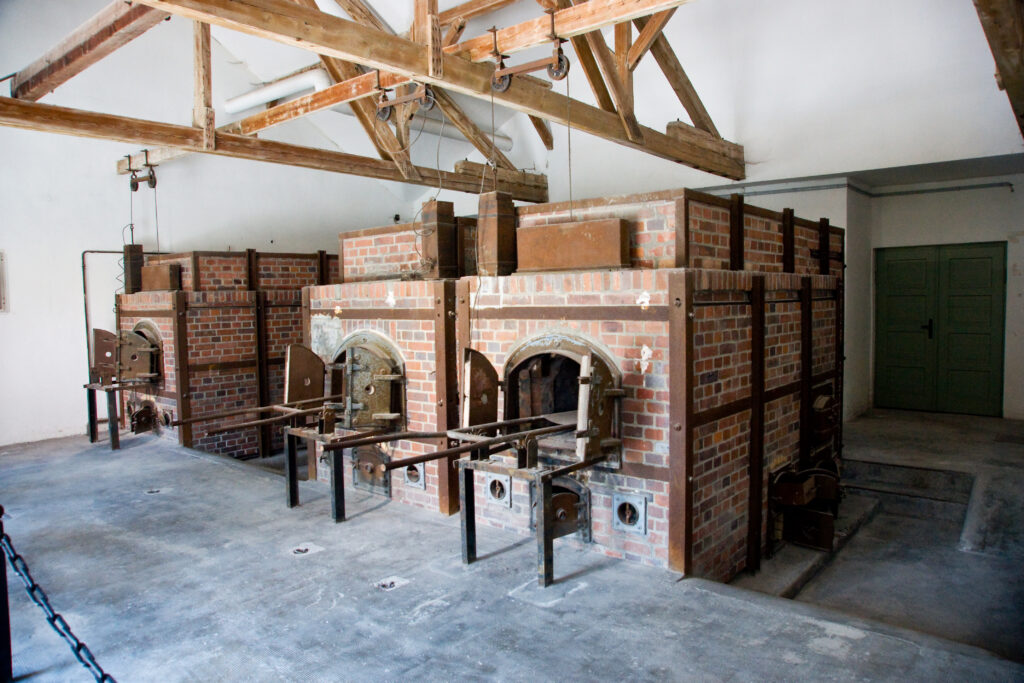
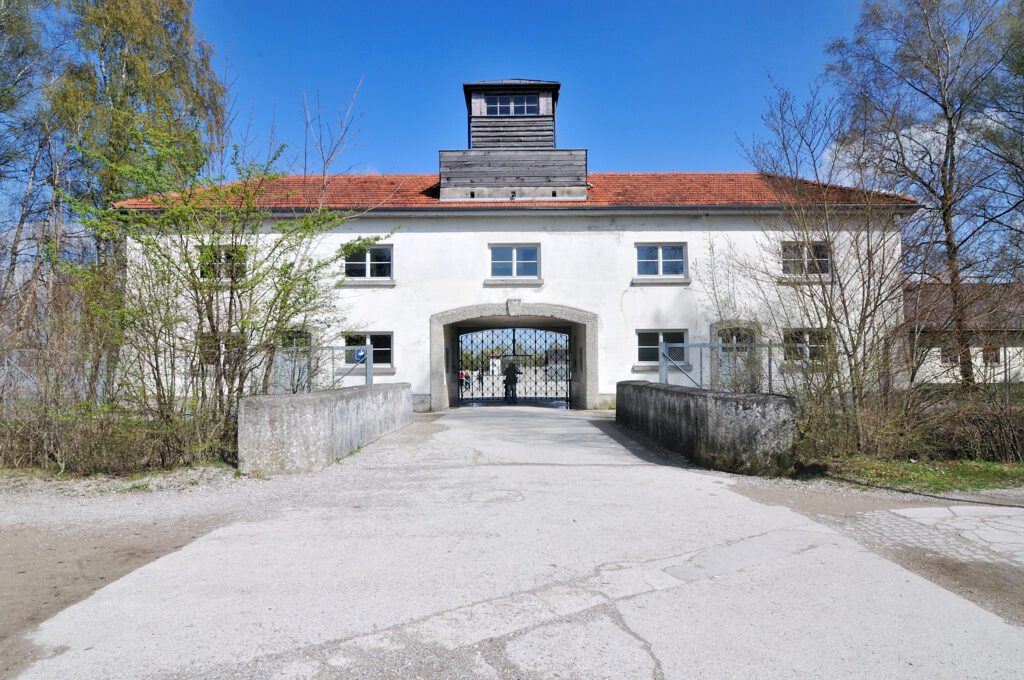
Although the visuals are chilling, the camp’s significance goes beyond its physicality. The memorial site now serves as a museum and educational center, aiming to ensure that the horrors of the past are never forgotten and never repeated.
A trip to Dachau requires sensitivity and respect for the gravity of the site. It’s a place that speaks to humanity’s capacity for both cruelty and resilience, and serves as a stark reminder of the need to uphold human rights and justice in our world.
As visitors, we must approach Dachau with a deep sense of empathy and understanding. In a world where travel often celebrates beauty and adventure, Dachau reminds us that there are places that speak to the depths of our shared humanity, places that implore us to remember, to learn, and to honor the memory of those whose voices were silenced.
WATCH THE FULL VIDEO HERE
Like this post? Pin it on Pinterest!

